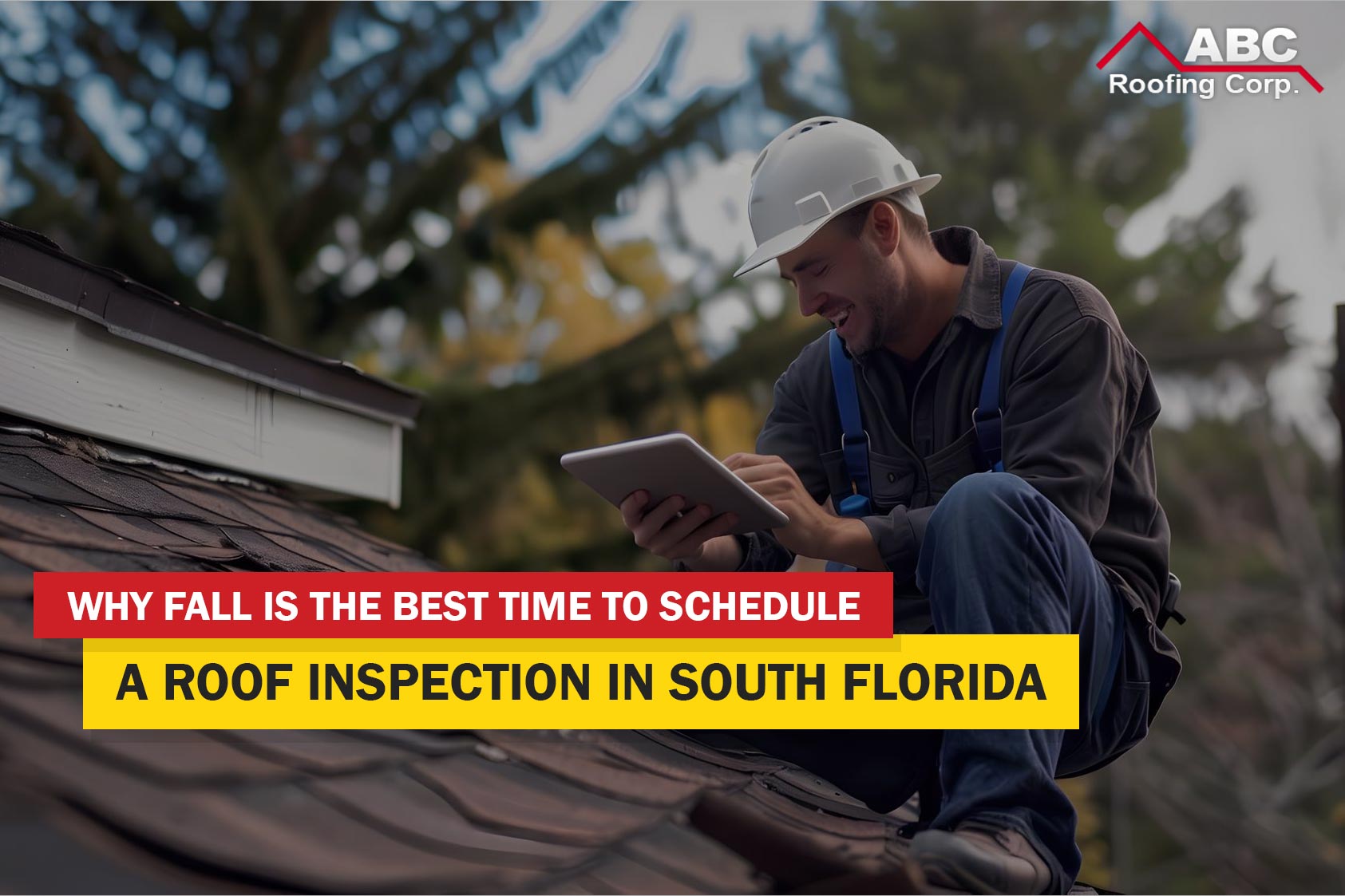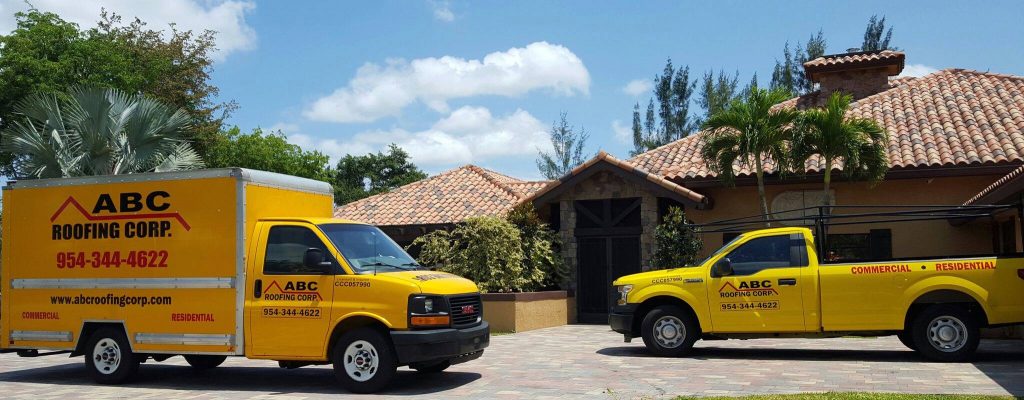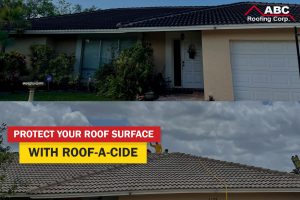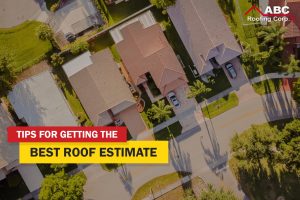
When you live in South Florida, you get used to the heavy rain, humidity, and hurricane season. However, all of these elements put strain on your roof, even if the signs aren’t always obvious. A roof inspection can help you stay ahead of hidden wear and tear and storm damage.
In this article, we help you understand why fall is the best time to schedule a roof inspection in South Florida.

Factors That Can Damage Your Roof
Your roof is built to protect your home however the South Florida’s climate combined with natural aging and poor maintenance can weaken your roof over time.
Extreme Weather Conditions
South Florida experiences heavy rainfall, high humidity, and intense heat throughout the year. These conditions can cause shingles to crack or warp, flashing to loosen, and roofing materials to deteriorate faster than in milder climates.
Hurricanes and tropical storms add additional stress, potentially dislodging shingles, damaging vents, or creating weak spots where water can enter. Having your roof inspected by a roofing company after hurricane season can help identify issues with your roof and fix them before leaks begin to develop.
Age of the Roof
When a roof approaches 20 to 25 years, materials begin to break down. As roofs age, shingles lose granules, underlayment becomes brittle, and fasteners can loosen, increasing vulnerability to leaks and wind damage. Scheduling roof inspections as the roof approaches or exceeds this age helps homeowners identify areas that may need repair or replacement, preventing larger structural problems.
Lack of Maintenance
Neglecting routine maintenance allows small issues to grow into major problems. Clogged gutters, minor shingle damage, or small leaks left unaddressed can cause water intrusion, mold growth, or structural decay. Regular roof inspections identify these problems early, allowing targeted repairs that extend the roof’s lifespan and reduce repair costs.
Poor Installation
Roofs that were improperly installed are prone to recurring issues. Misaligned shingles, insufficient sealing around vents and chimneys, or improperly fastened flashing can lead to leaks, water intrusion, or premature material failure. A roof inspection can reveal installation-related weaknesses and guide corrective measures to prevent long-term damage.
Lack of Ventilation
Without proper airflow, heat and moisture get trapped inside your attic. This creates the perfect conditions for rot and premature roof failure. Ventilation is one of the most overlooked yet essential factors.
What Roofers Look For
During a roof inspection, roofers check for common issues that affect durability and safety. Here are the main areas they focus on:
- Shingles showing cracks, curling edges, or missing pieces
- Flashing with gaps or damage around chimneys, skylights, and vents
- Gutters and drainage are suffering from clogs, rust, or poor water flow
- Underlayment and decking exhibiting water intrusion, rot, or weakened materials
- Ventilation lacking proper airflow, which can lead to moisture buildup
- Overall structural condition displaying sagging surfaces or uneven lines
Reasons Why Fall Is the Best Time for a Roof Inspection in South Florida
Fall is the best season for roof inspections in South Florida because it allows homeowners to address the cumulative effects of summer weather, storms, and general wear and tear. Here are six reasons why scheduling a roof inspection in the fall is advantageous.
1) Avoid Summer Heat
South Florida summers bring extreme heat and high humidity, which can make roof inspections uncomfortable. Roofers working in cooler fall temperatures can safely move across the roof and check for issues like brittle shingles or warped underlayment without the risks of heat-related illness or surface damage.
Milder temperatures also improve the performance of roofing materials during inspection. For example, asphalt shingles adhere better and are less likely to crack when walked on in moderate weather, allowing for accurate assessment of wear and tear.
2) Detect Hurricane Damage
Hurricane and storm season in South Florida peaks from mid-August to mid-October often causing damage to roofs. Shingles may lift, flashing can loosen, and vents or skylights may become compromised. Inspecting a roof in the fall allows homeowners to identify these issues before they lead to leaks or structural damage. Early detection also ensures that repairs can be scheduled before additional rainfall or storms occur.
3) Gain Contractor Availability
After the busy summer rainy and storm season, many roofing contractors have more openings. This availability allows homeowners to schedule inspections and follow-up repairs without long delays. Having access to contractors in the fall also provides flexibility in choosing materials and repair methods.
4) Prepare for Cooler Months
Even South Florida’s mild winters can reveal weaknesses in roof seals or insulation. Fall inspections allow homeowners to check for gaps or deteriorated materials that could reduce energy efficiency or allow moisture intrusion.
Repairing these issues before the cooler months can help maintain indoor comfort. Ensuring proper sealing around vents, skylights, and roof edges keeps homes insulated.

Schedule Your Fall Roof Inspection Today
Fall provides an ideal time for South Florida homeowners to schedule a roof inspection. Milder temperatures and the ability to address storm damage from hurricane season make it the perfect time to protect your home.
For homeowners looking for a professional and reliable roof inspection service, ABC Roofing Corp has a team of licensed and experienced contractors throughout South Florida. Our roofing team can identify issues quickly, recommend repairs, and perform maintenance to keep your roof in optimal condition.
Schedule your roof inspection with ABC Roofing Corp this fall to safeguard your home and maintain long-term roof health.




